
海阔凭鱼跃、天高任鸟飞。欢迎互拍,拍拍更健康。
Yongling Travel Notes
The last time I went to Chengdu for business, I went to visit Xiayongling on the day I came back, while there was still some time before getting on the bus.
Yongling Mausoleum is the mausoleum of Wang Jian, the founding emperor of the former Shu Kingdom in the Tang Dynasty and the Five Dynasties period . The excavation of Wang Jian's mausoleum dates back to the 1840s, and it was discovered that this highland was misinformed by the locals as the place where the ancients played the qin, also known as the Fuqin Terrace. So far, the names of Fuqin Road and Fuqin Community have come from this way.
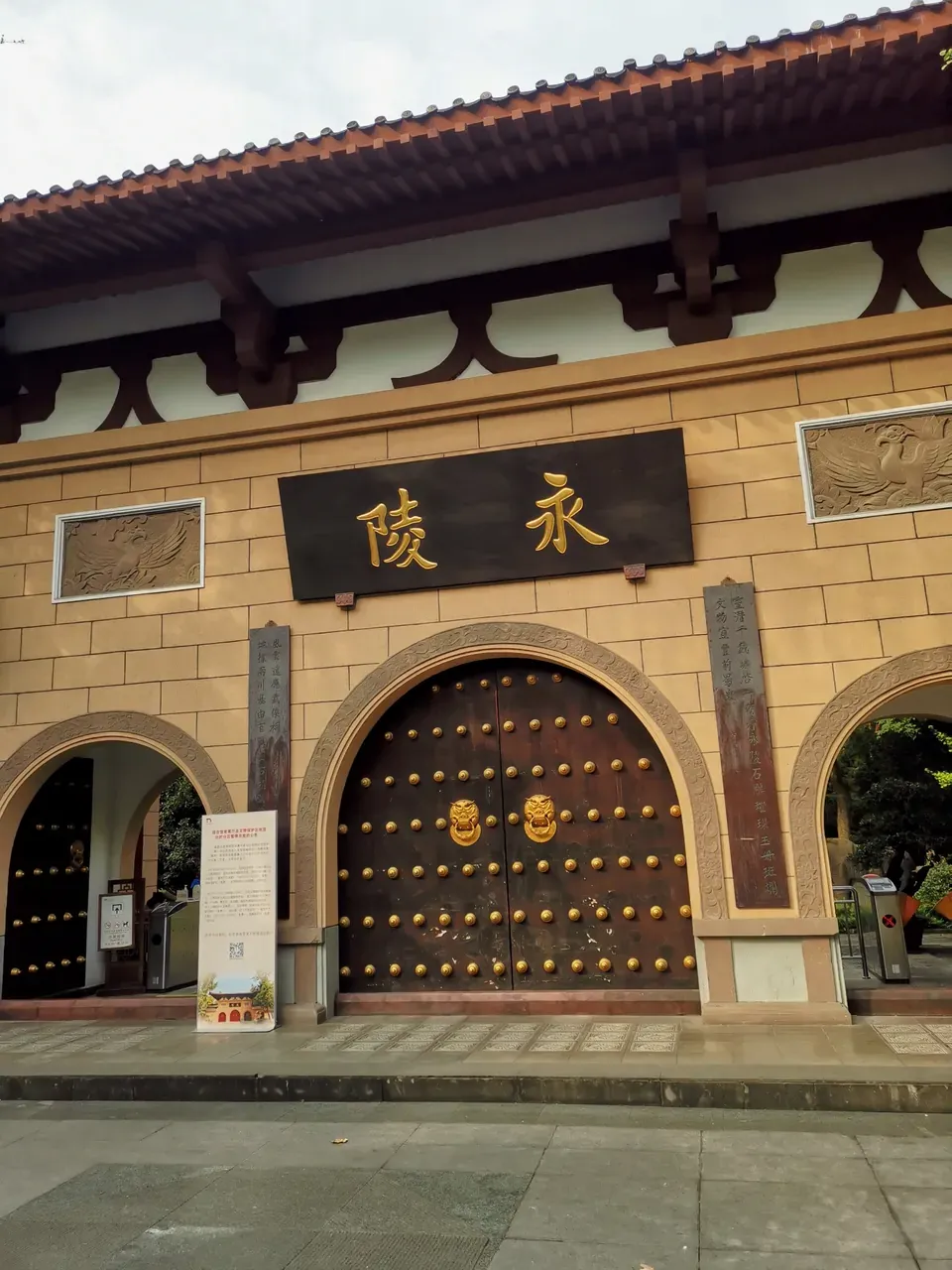
Because it is a highland, the people of Chengdu dug air-raid shelters here to defend against Japanese air raids, but they dug up a mausoleum. Later, it was confirmed by historical experts that it was the mausoleum built by Wang Jian, the former emperor of the founding kingdom of Shu, thus Yongling was rediscovered and faced to the world .
Entering the gate of Yongling, there is a spacious Shinto, with four pairs of stone statues erected on both sides of the Shinto, namely, civil servants, military generals, Xie (zhi), and pommel horses . However, the original stone statues have long ceased to exist, and what we see now are all added in modern times with reference to the Tang system.
Regarding Yongling and Yongling’s stone statues, the Southern Song Dynasty poet Lu You’s “Hou Mausoleum” mentioned: “Hou Mausoleum Yongqing Courtyard is less than one li outside the Daxi Gate, and it is also built on the tomb of the king. There are two stone buildings, which are like the time. There is the Empress Dowager's tomb, and the stone is very powerful."
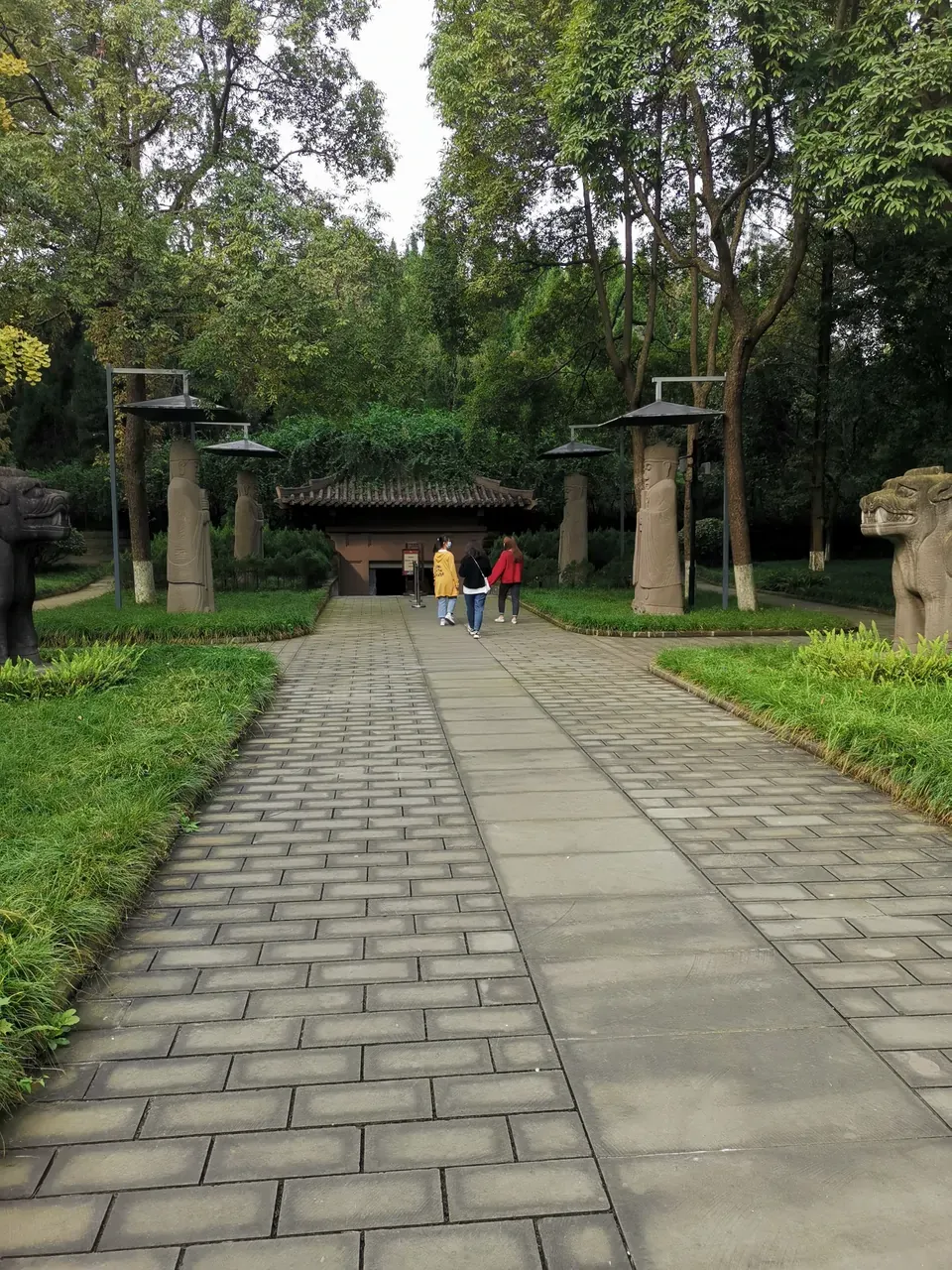
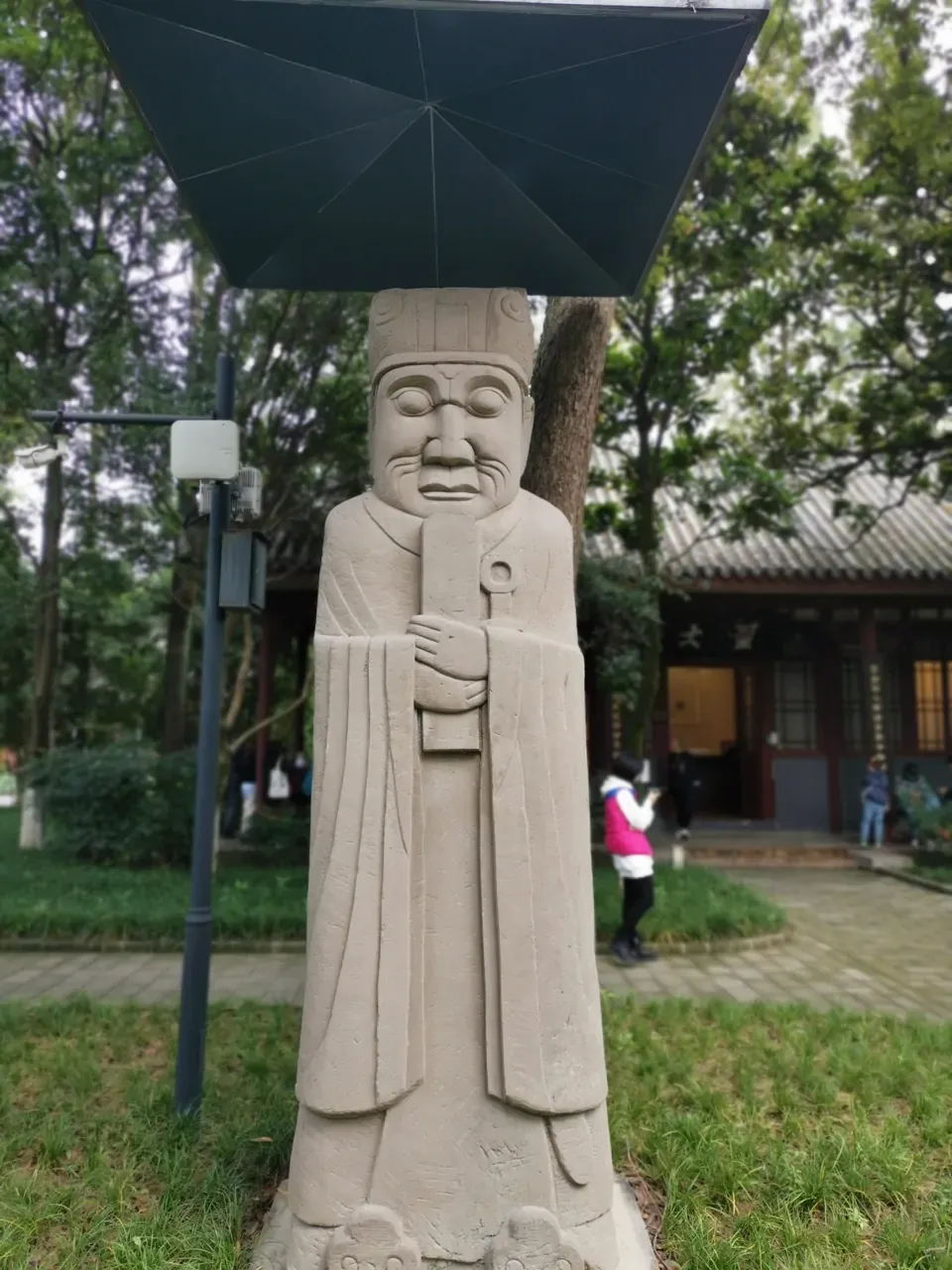
Looking at these towering and stalwart stone statues makes me feel the vicissitudes of history, and I feel like I have traveled through a thousand years .
Wang Jian's tomb was actually built on the surface, but after thousands of years, it can be seen that the original surface has sunk a lot. After going down the steps, you entered the tomb gate, which was followed by a long tomb passage.
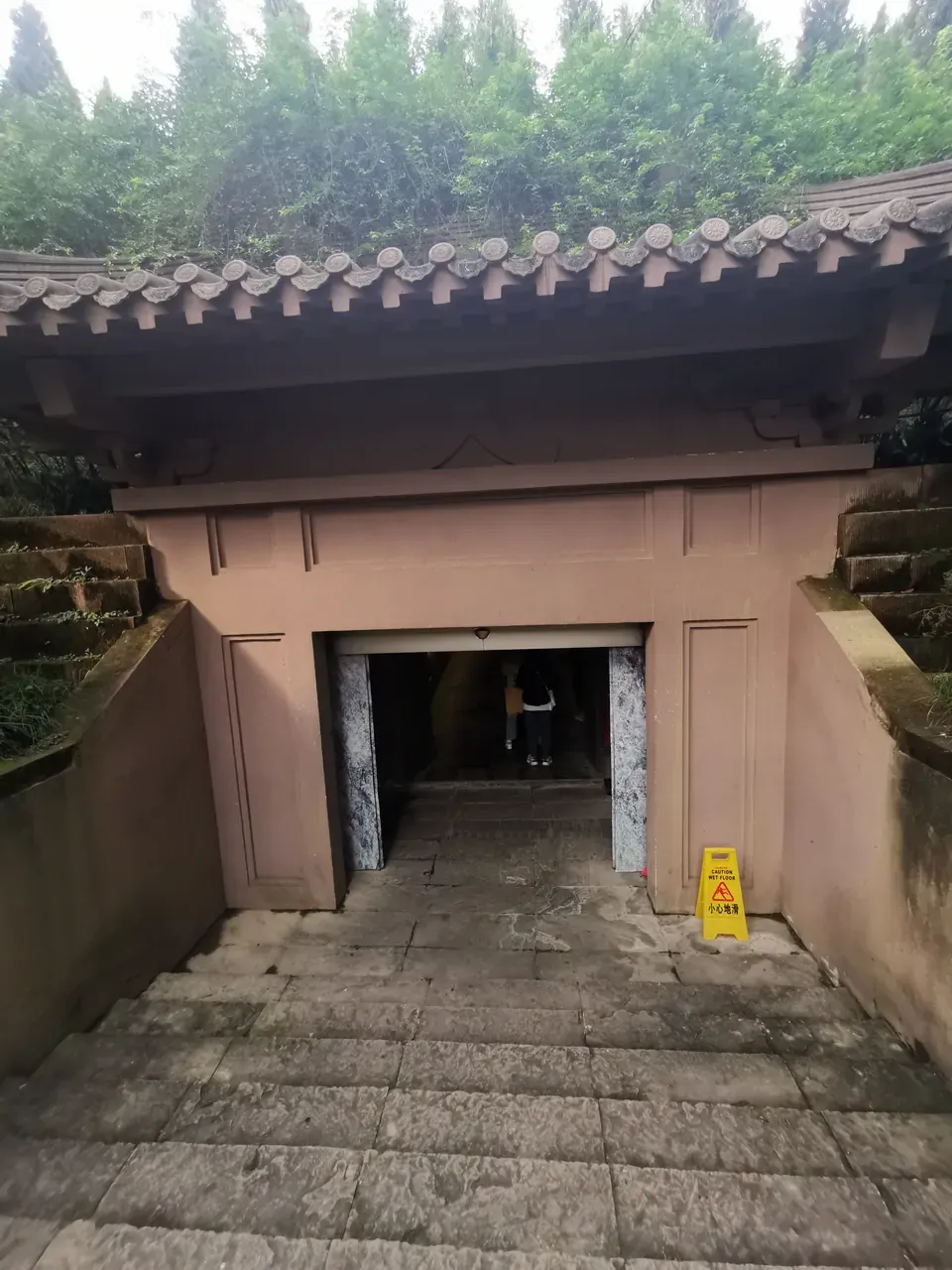
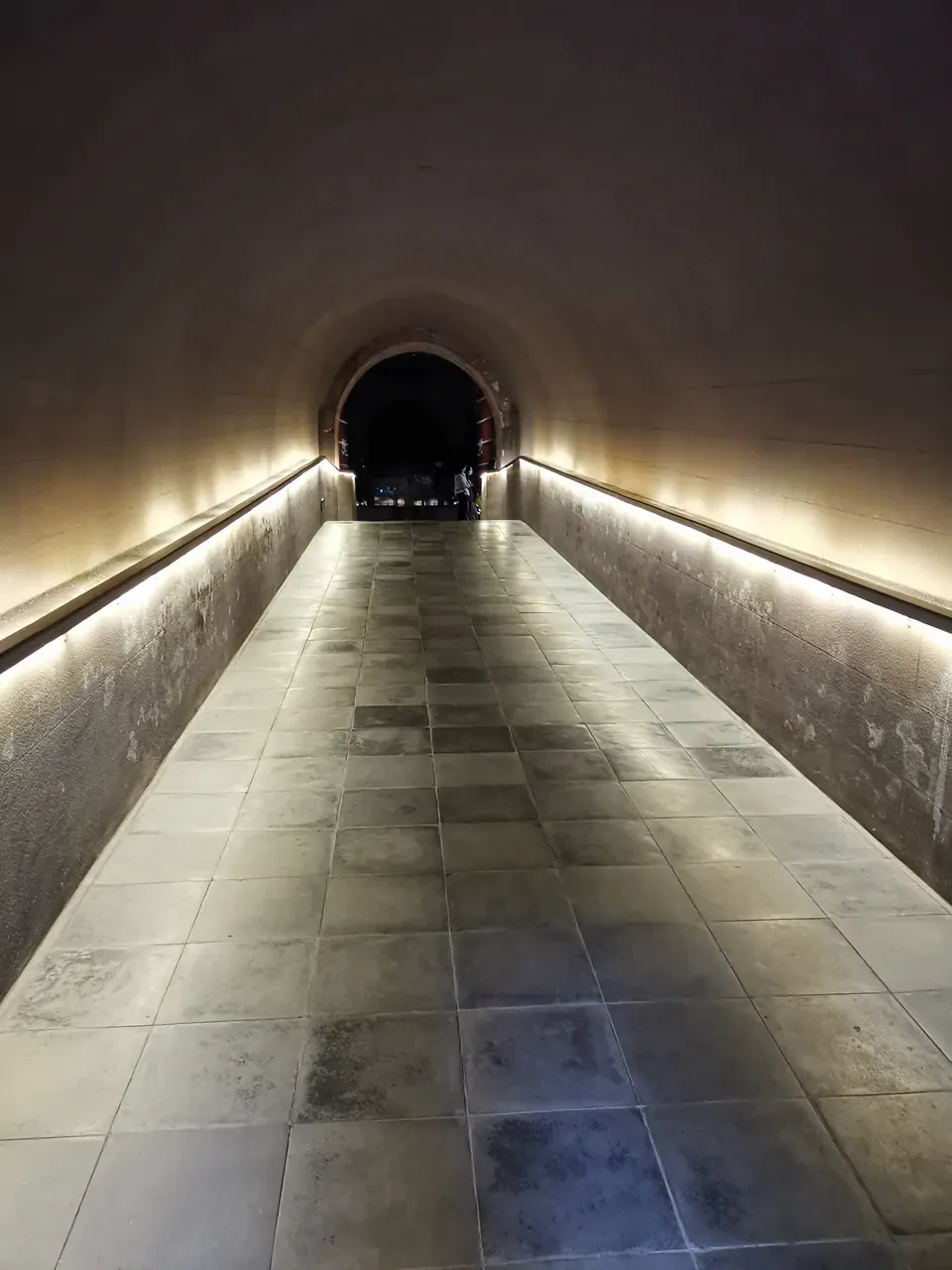
The stone slabs on the ground of the tomb passage have been polished to be very smooth by tourists, and line lamps for lighting are also installed on both sides, so that the tomb passage will not be dark and eerie .
After passing the tomb passage, we came to the second tomb gate. Looking through the gate, we could see the main tomb. There is also an uncle of security guards sitting in the tomb to maintain discipline. Standing at the entrance of the tomb, you can feel the majesty of the tomb, tall and majestic .
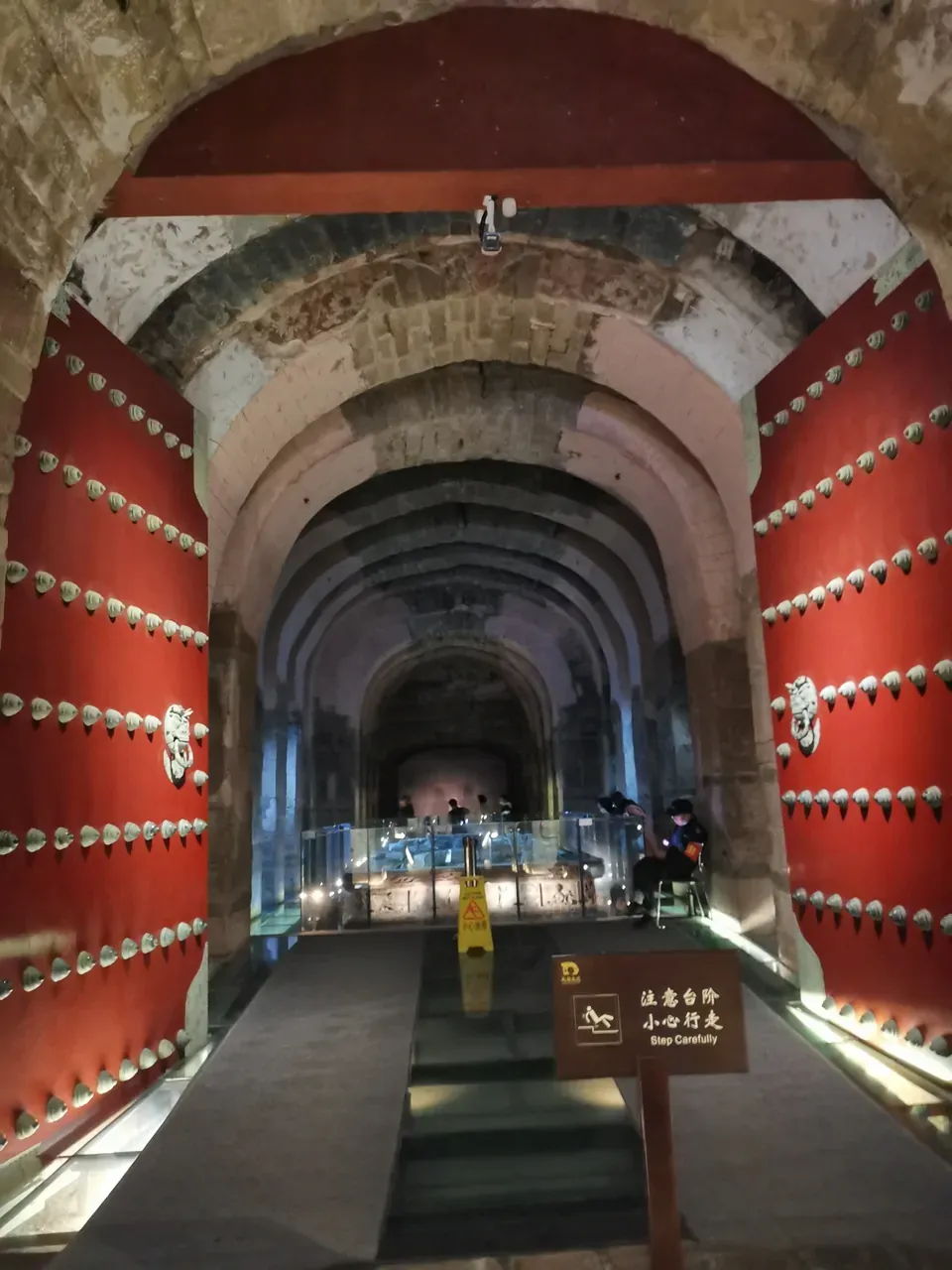
For fear of causing discomfort to some of my friends, I will not share photos of the remains of the coffin. The biggest feature of Wang Jian's mausoleum is that "Twenty-Four Musical Instruments" and "Twelve Warriors" are engraved around the coffin bed, showing the scene of the master's singing and dancing before his death . I took several pictures of Jiyue. Although their faces were a little blurry, the gestures of Yanle were still lifelike.
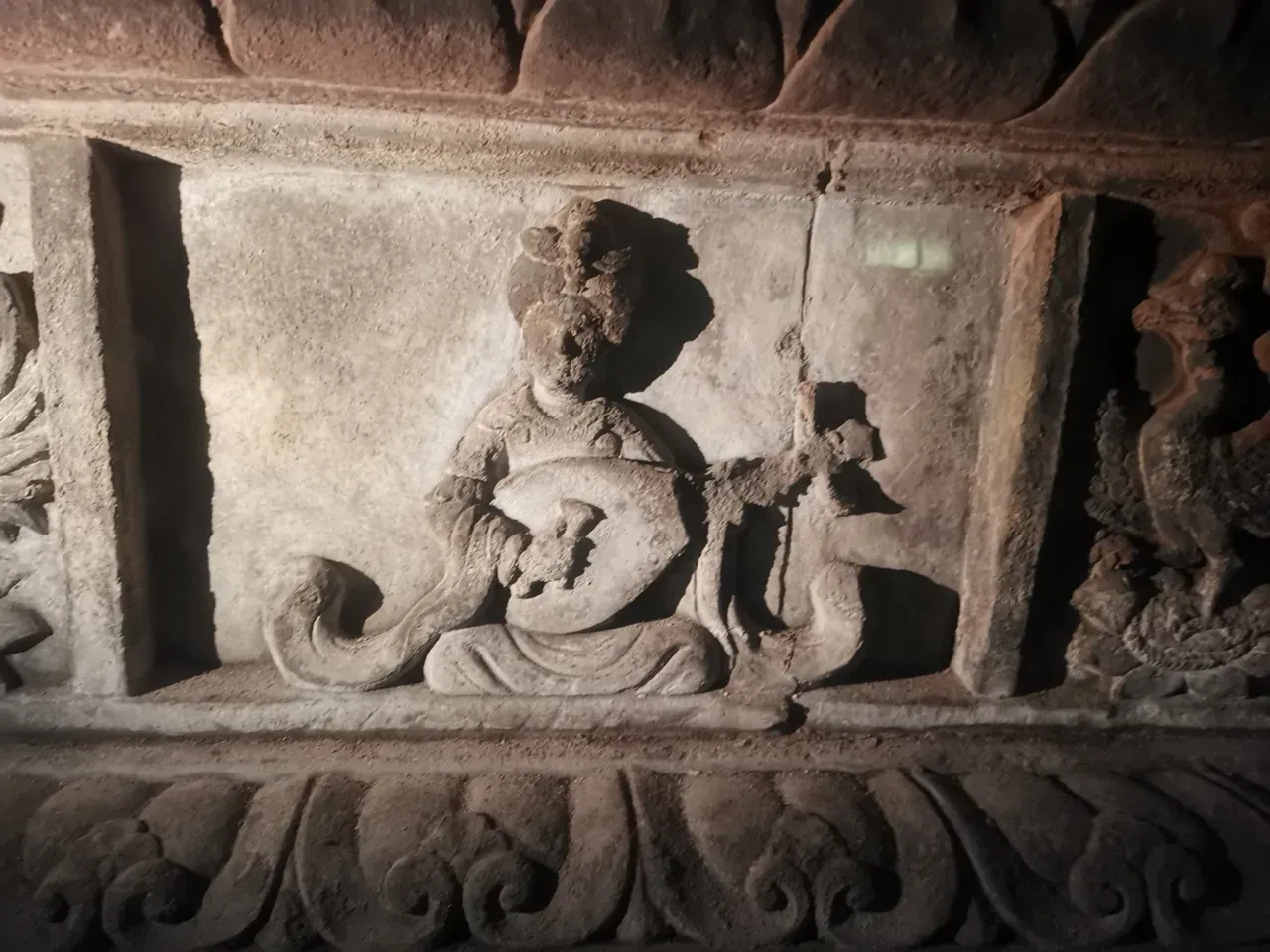
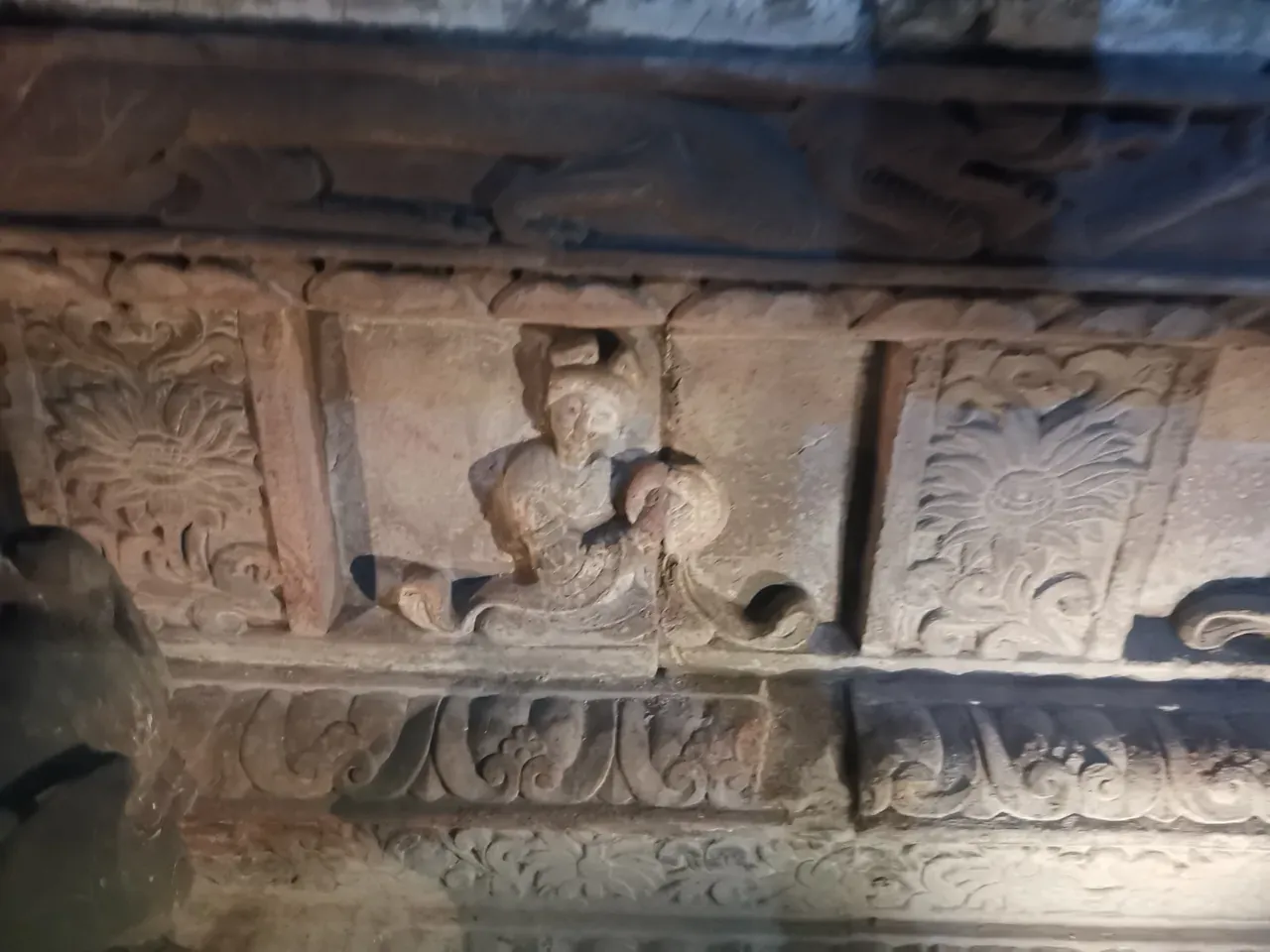

After leaving the mausoleum, I walked along the cemetery. The cemetery has been planted with all kinds of vegetation.
These beauties suddenly gave me an epiphany: whether it is a hero or an ordinary commoner, this is the only way to go in one life. In a limited life, striving to achieve a career is more valuable than anything else. Don’t let the world and troubles disturb the mind. .
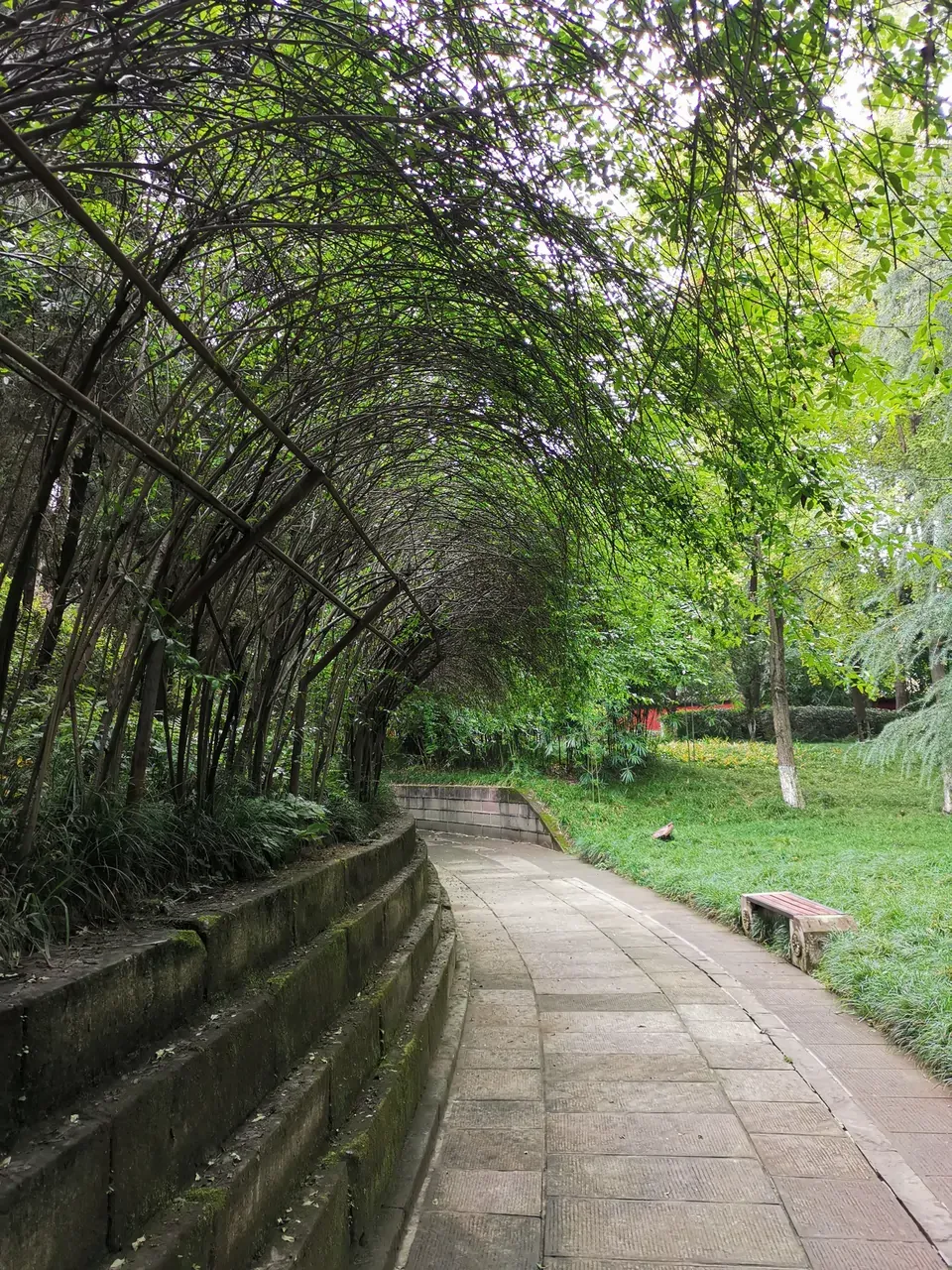
In the northwest corner of the cemetery, I found a large clock. The name of the bell, Ping An, was cast in 2009, and the life story of Wang Jian is engraved on it.
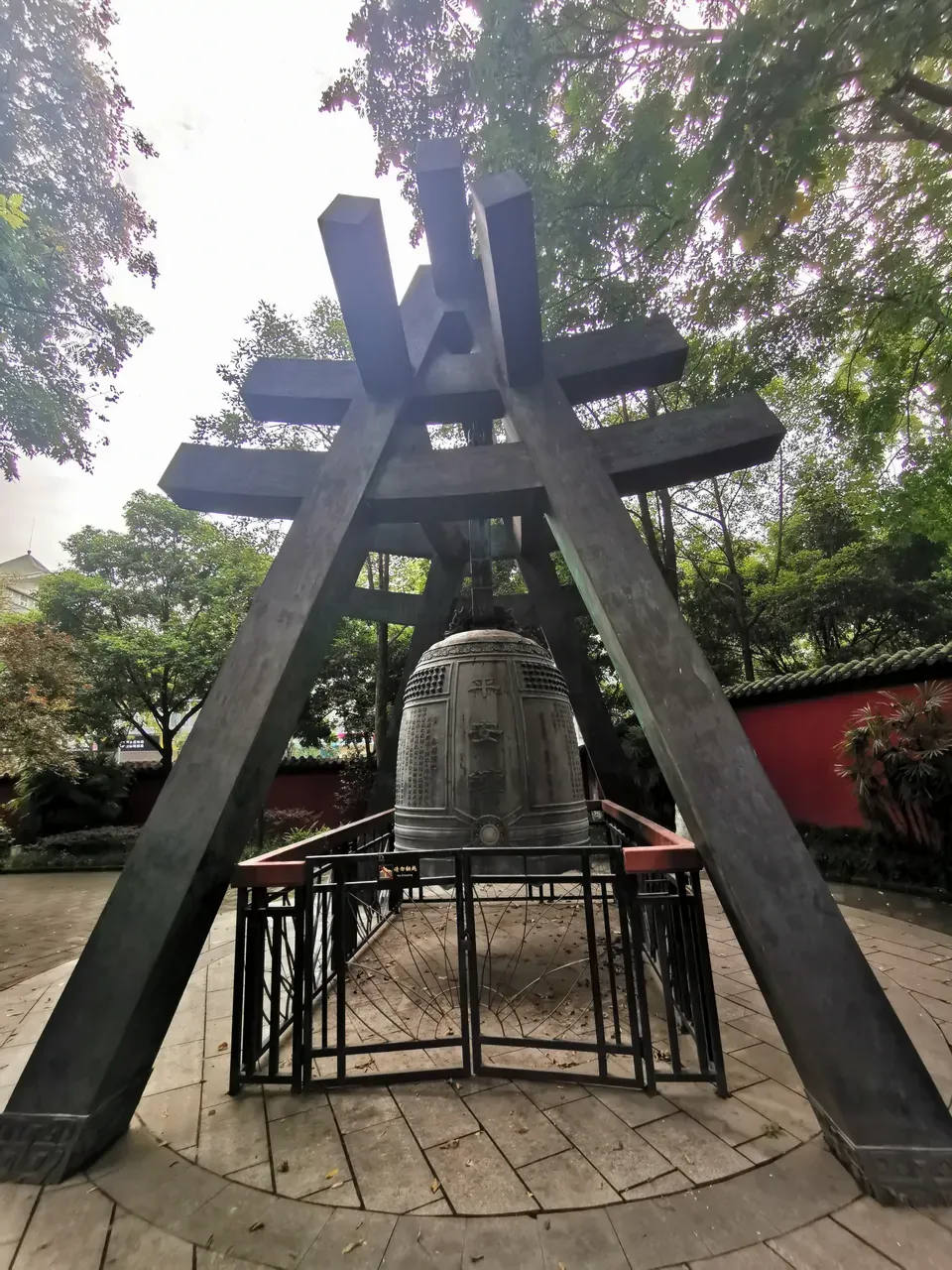
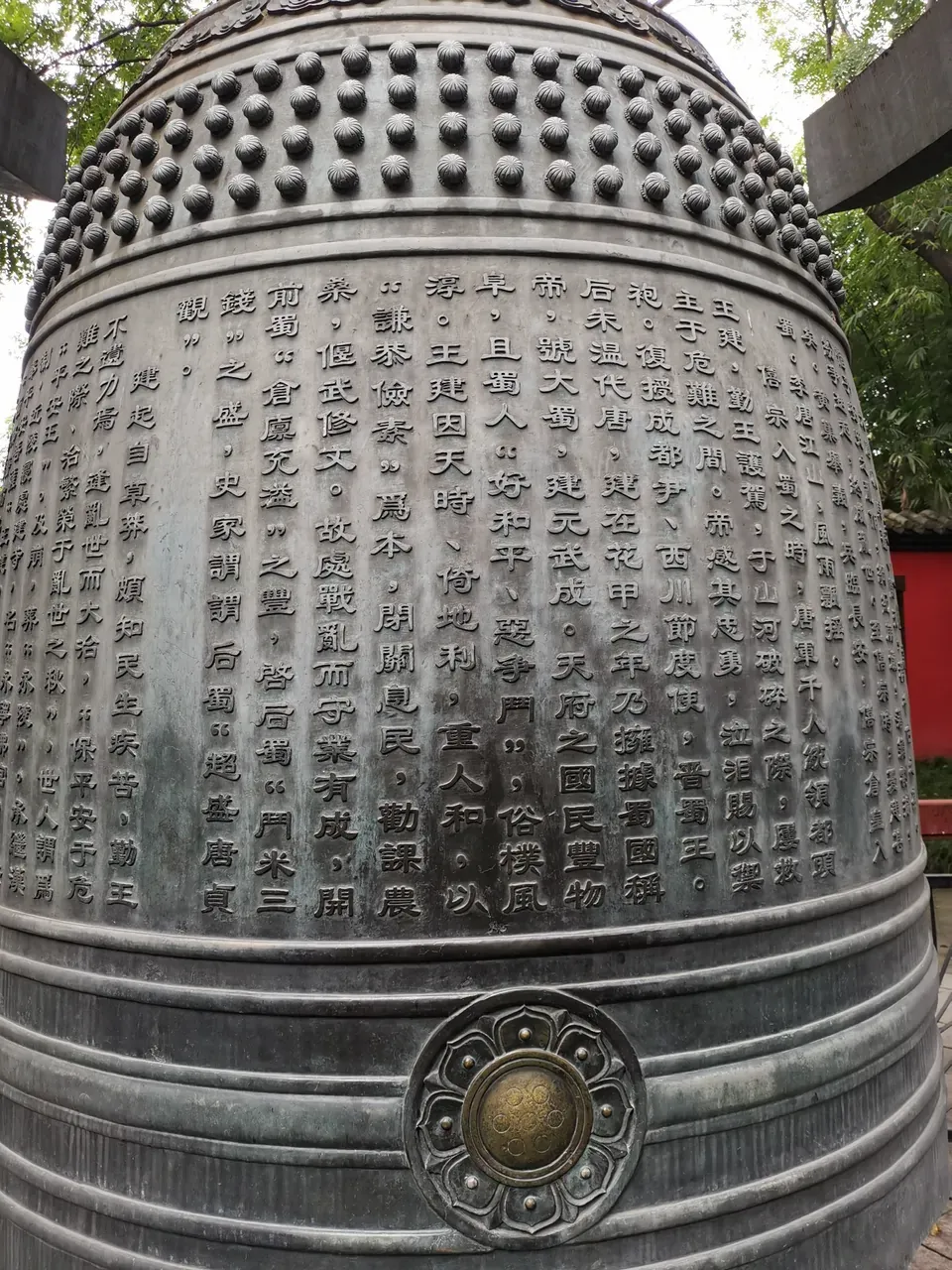
I took a few shots on the bell, hoping to bring peace to all my friends, and to pray for myself and my family at the same time . After a short rest, I left the cemetery.
Well, friends, I will write today's travel notes here, I hope everyone likes it.
Like my work?
Don't forget to support or like, so I know you are with me..
Comment…